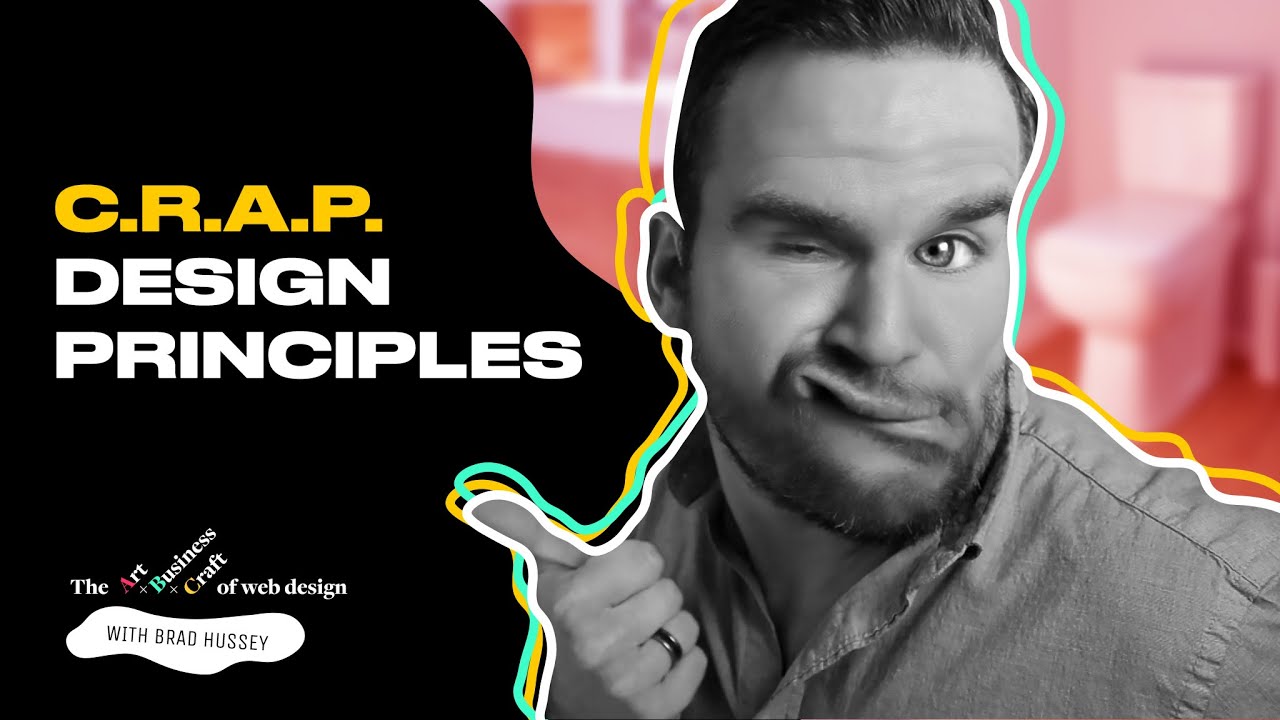Writing Code vs. Drag and Drop for Website Building
Summary
TLDRIn this engaging conversation, web designer Brad Hussey interviews Adrian from the Codex Community YouTube channel about the impact of no-code tools on the development industry. They discuss how no-code platforms are evolving, potentially reducing development time and enabling collaboration between designers and developers. Adrian shares his experience using no-code tools and asserts that while these tools increase accessibility, they do not replace the need for developers. Instead, they transform the role of developers, emphasizing the importance of a developer mindset even when utilizing no-code solutions.
Takeaways
- 🌐 The discussion is about the impact of no-code tools on web development and the roles of designers and developers.
- 🤖 No-code tools are evolving, making it easier for non-developers to build websites, but they are not replacing developers.
- 🔧 Developers create no-code tools, and these tools are designed to simplify and speed up the web development process.
- 🚀 No-code tools allow for faster prototyping and development, freeing up time for more complex features and backend work.
- 🎨 Designers and developers can collaborate more effectively with no-code tools, enhancing the overall project workflow.
- 🔄 No-code platforms are still in their early stages and have limitations, but they are improving over time.
- 🛠️ While coding offers complete control and customization, it also comes with the risk of breaking the website with errors.
- 🎯 The use of no-code tools can lead to more democratized and accessible web development, benefiting both technical and non-technical individuals.
- 🌟 No-code tools can help agencies and companies to speed up their development process and allocate resources more efficiently.
- 🔗 The interviewee, Adrian, runs the Codex Community YouTube channel, where he explores the changing landscape of web development.
- 📈 Adrian is also working on a pricing calculator using both no-code and coding tools, to help freelancers determine their rates.
Q & A
What is the main topic of discussion between Brad Hussey and Adrian?
-The main topic of discussion is the impact of no-code tools on web development and the roles of designers and developers.
What does Adrian think about the role of no-code tools in replacing front-end developers?
-Adrian believes that no-code tools are not replacing developers, but rather they are simplifying the process of building websites and allowing developers to focus on more complex tasks.
How does Adrian view the evolution of web development tools?
-Adrian sees the evolution as a progression from hand-coding to using frameworks and modules, and now to no-code tools that further simplify the process, without replacing the need for a developer's mindset.
What is the advantage of no-code tools for designers and creatives?
-No-code tools empower designers and creatives by giving them the ability to build and update websites without needing to learn code, thus democratizing the web development process.
How does Adrian describe the role of developers in the context of no-code tools?
-Adrian suggests that developers are the ones who create no-code tools, and their role is to think through the logic and processes that these tools will automate, maintaining the 'if this, then that' mindset which is at the core of development.
What opportunities does Adrian see no-code bringing to app developers?
-Adrian sees no-code tools allowing app developers to build and prototype ideas more quickly, freeing up time to work on advanced features and improving overall efficiency.
What is the current limitation of no-code tools according to Adrian?
-Adrian mentions that no-code tools are still in their early stages and come with certain limitations, such as the need to follow specific paradigms for achieving good results like responsive design.
How does the collaboration between designers and developers change with no-code tools?
-No-code tools facilitate more collaboration between designers and developers, as they allow both parties to work on the same project seamlessly, with designers being able to hand off work to developers or even implement some code themselves.
What is Adrian's perspective on the future of no-code tools?
-Adrian believes that no-code tools will continue to improve and become more accessible, allowing for the creation of complex applications without the need for deep coding knowledge, but still requiring a developer mindset for advanced tasks.
What are the general pros and cons of using no-code tools versus coding?
-The pros of no-code tools include faster development times and ease of use, while the cons are their current limitations and the need for a structured approach. Coding offers more flexibility and customization but comes with a steeper learning curve and potential for errors.
How can people learn more about Adrian's work and thoughts on web development?
-People can learn more about Adrian's work by visiting his YouTube channel, Codex Community, where he shares insights on the changing landscape of web development and demonstrates the use of both no-code and coding tools.
Outlines

此内容仅限付费用户访问。 请升级后访问。
立即升级Mindmap

此内容仅限付费用户访问。 请升级后访问。
立即升级Keywords

此内容仅限付费用户访问。 请升级后访问。
立即升级Highlights

此内容仅限付费用户访问。 请升级后访问。
立即升级Transcripts

此内容仅限付费用户访问。 请升级后访问。
立即升级5.0 / 5 (0 votes)






